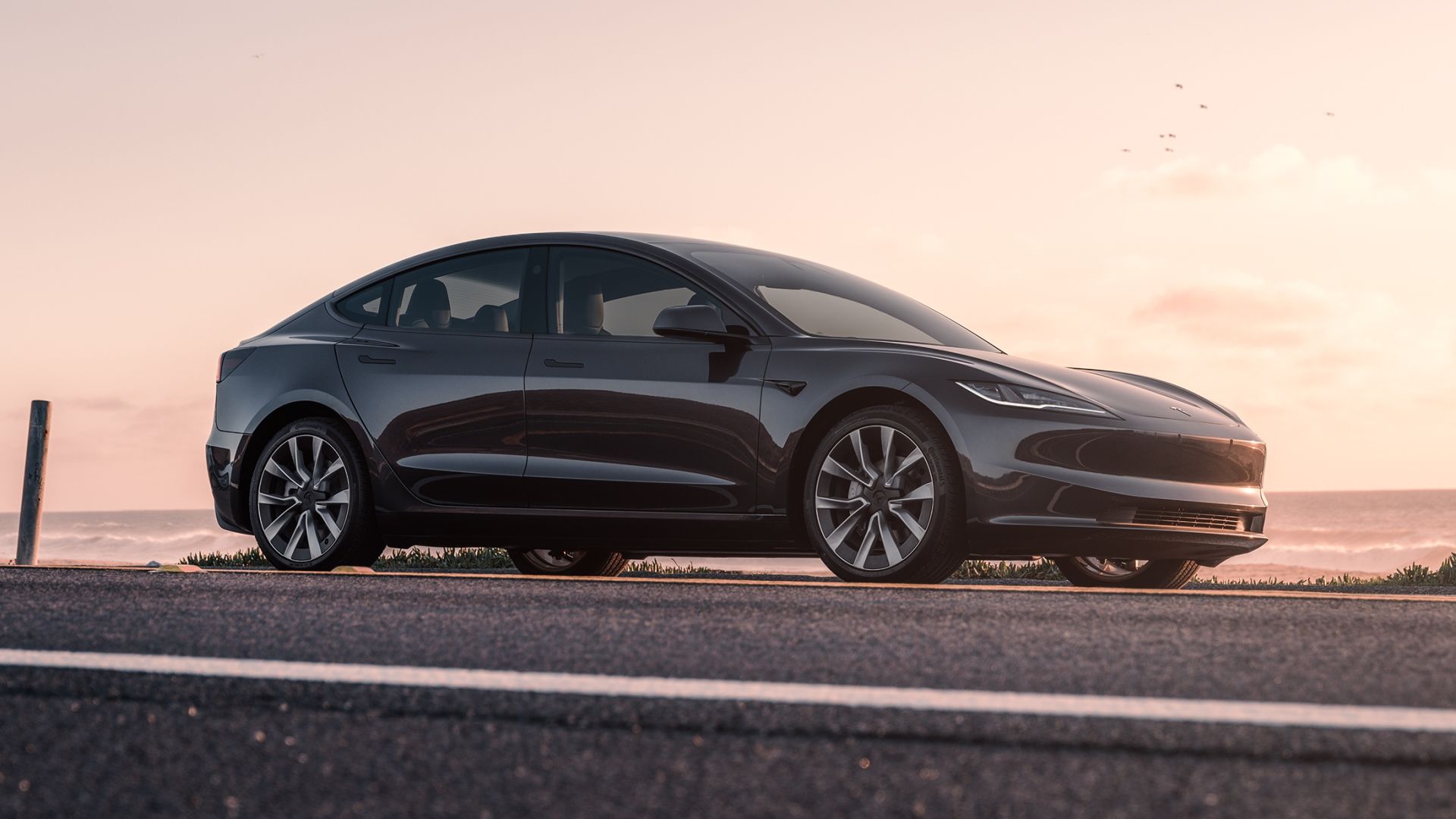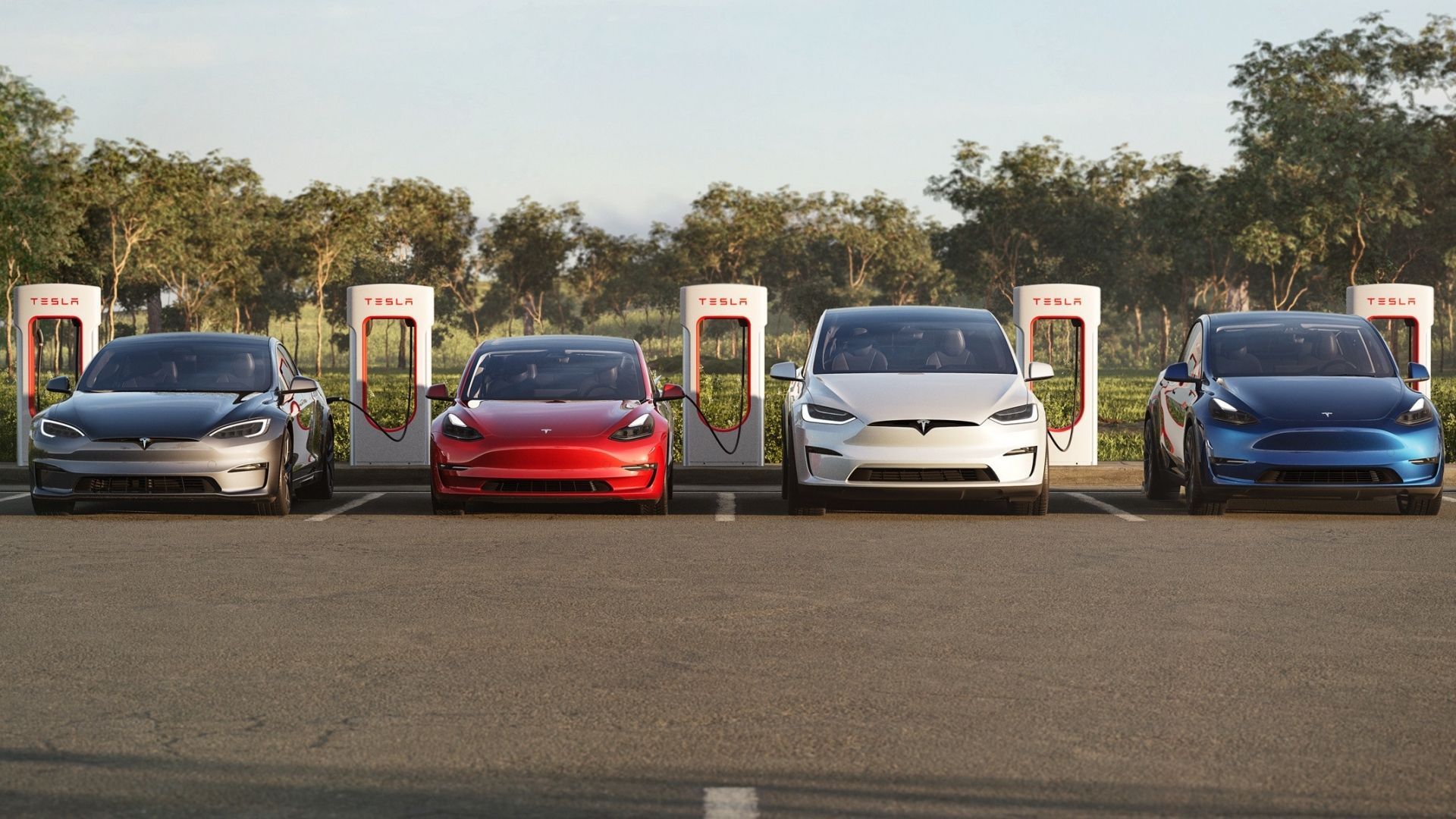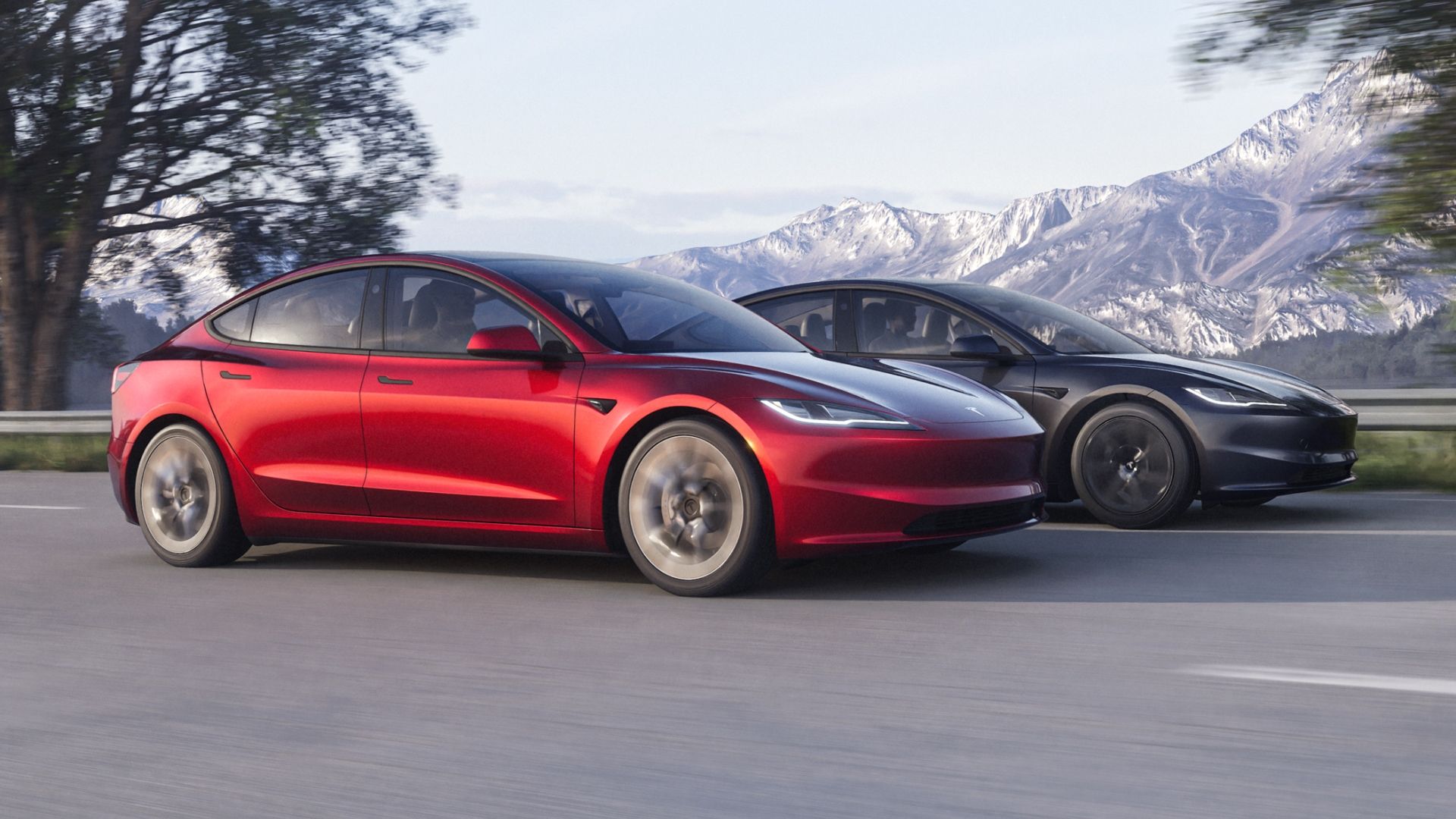There is a broad variety of fully electric sedans currently available in the U.S. market, but the most affordable of the lot is the base rear-wheel-drive Tesla Model 3 with the standard battery pack. It’s worth noting that this is not the cheapest electric car in the market, as that title goes to the Nissan Leaf, which falls under the hatchback category. There are multiple factors contributing to Tesla’s achievement. The first is the fact that most manufacturers are more interested in offering affordable EV hatchbacks and crossovers.
There are some intriguing electric sedans available across international markets, namely China, but even in these regions, they are competitively matched by the Model 3 range. Thanks to its competitive pricing and amazing electric performance, the EV compact sedan is starting to put up a fight against established ICE entry-level sedans such as the Honda Civic and Toyota Corolla. It also has the added benefit of relatively low charging costs and access to the convenient Tesla Supercharging network.
In order to give you the most up-to-date and accurate information possible, the data used to compile this article was sourced from Tesla websites and other authoritative sources, including the EPA, Bureau of Labor Statistics, and Car and Driver.

2024 Tesla Model 3 Long Range First Drive : Finally Matured Into A True Premium Product
At first glance, the 2024 Tesla Model 3 may not appear different, but it’s the fine details that have allowed it to morph into a much better car.
The Tesla Model 3 Costs $46,990
The Tesla Model 3 starts at $38,990 for the base rear-wheel drive model before any taxes and incentives. This example features the brand’s compact 57.5 kWh Prismatic LFP battery. If you want more battery capacity, you’ll need to spend $46,990 on the more powerful dual-motor all-wheel-drive system with its larger, 2170 82-kWh pack. A flagship Performance derivative is on the way, which Tesla says we can expect in the coming weeks. However, it is very likely to feature the same battery pack as the dual-motor model.
Panasonic assembles the Prismatic battery pack, as it has for the brand since its early production days. The Japanese energy supplier continues to work with Tesla to evolve its battery technology, with a primary focus on lithium-ion chemistries. Panasonic is currently working on developing a production facility close to the EV manufacturer’s Texas plant in a bid to improve supply chain logistics. The battery found in the base Model 3 is the same pack used in the pre-Highland facelift, so its specifications are pretty much identical to older model years.
The Tesla Model 3 Takes 120 Hours To Charge
The smaller 57.5 kWh battery pack boasts a 272-mile EPA-estimated range figure on a single charge. The EPA also rates the entire system returns a highly favorable 132 MPGe combined energy consumption estimate. This battery takes around 91 hours to charge from empty to full when you plug it into a 110-volt Level One household wall socket. Using a public or household Level Two system at 48 amps reduces the charging time to just over 10 hours via a Level Two fast charger. Tesla’s DC Level Three Supercharging network at 250 watts gets the battery from 10 to 80 percent in 25 minutes.
Tesla Model 3 Range And Charging Times
| Battery Capacity | 57.5 kWh | 79 kWh |
| Range | 272 miles | 358 miles |
| Level 1 AC 110V Charging time (0-100%) | 91 Hours | 120 Hours |
| Level 2 AC 220V Charging time (0-100%) | 10.4 Hours | 11.5 Hours |
| Level 3 DC 440V Charging time (10-80%) | 25 Minutes | 27 Minutes |
(Specifications sourced from Tesla)
If you increase your budget to the more expensive dual-motor, with its 79 kWh battery pack, you’ll benefit from an increased 358-mile EPA-estimated range. However, this marginally worsens the combined energy consumption to 131 MPGe. Considering the upcoming Performance derivative is likely to share the same parts as the 2023 model year, we can estimate that it will bear a similar 315-mile EPA-estimated range and 113 MPGe combined energy consumption estimate. This larger battery takes 120 hours to charge when using a Level One system, 11.5 hours via a Level Two plug, and 27 minutes when fast charging.

2024 Tesla Model 3 Highland: A Comprehensive Guide On Features, Specs, And Pricing
Tesla’s highly anticipated Model 3 Highland update is finally here. This is everything you need to know before buying one.
The Tesla Model 3 Costs $82 To Charge
Using the U.S. Bureau of Labor Statistics metrics, we can ascertain that the average price of electricity in the USA is around 17 cents per kWh. You get the cheapest electricity in cities like St. Louis and Seattle, where you’ll pay as little as 13 cents per kWh. San Diego and San Francisco residents are slapped with higher electricity rates that can soar to 42 cents per kWh. Using these rates, you can expect the base battery to cost you $7.50 for a full charge, and $24.15 in more expensive regions. The national average cost is around $9.78. Off-peak energy hours take place between 11 PM and 6 AM. Charging during these times will return lower costs.
Tesla Model 3 Charging Costs
| Standard 57.5 kWh Battery | Long Range 79 kWh Battery | |
| Low Rate States | $7.50 | $10.27 |
| High Rate States | $24.15 | $33.18 |
| DC Fast Charging | $27-58 | $41-82 |
(Specifications sourced from Tesla)
The larger 79 kWh battery costs $13.43 to charge, on average, across the U.S.. Cheaper states will set you back by $10.27 per recharge, while more expensive areas will result in an increased $33.18 total charging cost. Tesla’s Supercharging costs range between 50 cents and $1 per kWh, depending on how congested the stations are. At most, you’ll pay $58 to charge the base battery and $79 to charge the larger pack. These prices are halved during off-peak hours.

What Owners Are Saying About The New Tesla Model 3 Highland
The ownership reviews are in, folks. Here’s what everyone has to say about the newest Tesla Model 3 Highland.
The Tesla Supercharging Network
A lot of people buy into the Tesla brand for its acclaimed Supercharging network, which currently consists of more than 1,974 locations and 21,852 fast charging ports. You can use these, which you can track down using the car’s navigation system or smartphone app. These superchargers operate at 250 kW, but Tesla says it is working on increasing outputs to 300 kW for even faster charging times via a series of updates.
Tesla recognizes the importance of public charging stations, and even wants to implement an old-school diner-style EV charging franchise in a bid to combat the long waiting times and capture the older days of the social car ownership experience. Unfortunately, due to its popularity, the brand’s charging network struggles with frequent congestion at its most popular charging stations, resulting in long waiting times and more expensive charging rates. Tesla also opens its network up to competing manufacturers, which makes this matter worse, especially during peak hours.
Tesla’s Household Level Two Wall Connector
Tesla does not equip its cars with any charging paraphernalia whatsoever, so you have to buy these as optional extras. Thankfully, they have relatively low costs, and won’t make the Model 3 much more expensive. The Level One and Level Two-compatible charging cables cost $250. It includes a NEMA 5-15 and 15-50 adapter, making it suitable for different outlets. The cable also comes in a branded carry case, which you can conveniently store in the frunk.
Its official Wall Connector is suitable for Level Two household charging and costs $450, excluding installation. This can add up to $2,000 to install, depending on your location. The Wall Connector features a 24-foot cable that is suited for both indoor and outdoor usage. You can also control and monitor the unit using the brand’s dedicated smartphone app. It’s recommended you opt for this system rather than the many third-party options, primarily because it is a lot cheaper.

Used Tesla Model 3: A Comprehensive Guide To Maintenance Costs, Reliability, And Average Prices
The Model 3 has been around for some time, and if you were planning to buy a used model, here’s what you need to know.
Tesla Model 3 Battery Warranty And Replacement Cost
If you plan on keeping your Model 3 for longer than a decade, you’re going to have to consider how much it’ll cost when you inevitably have to get the battery replaced. Electric car batteries generally have a lifespan of between eight and 10 years, but there are cases where the batteries have lasted a bit longer. It all depends on how frequently you use the car and what environments you subject it to.
Tesla covers all battery defects with its eight-year or 120,000-mile battery warranty, and will even replace the battery if it loses 70 percent of its charge within this time. If you opt for the base battery, the brand limits it to a 100,000-mile period. Should your Tesla Model 3 fall outside this warranty, you can expect to spend anywhere between $12,000 and $20,000 to have it replaced. Tesla battery packs can be replaced at independent workshops at a cheaper rate, but it is recommended to go to the manufacturer for the best results.











